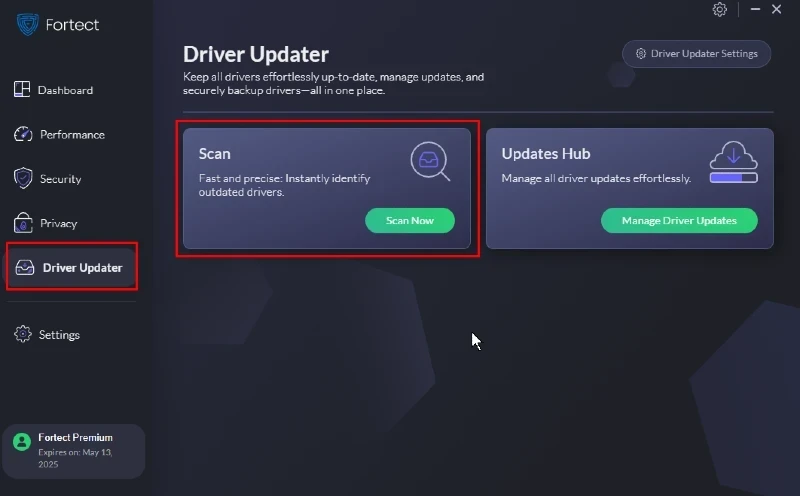What to Do When Windows 10 Can’t Connect to a Network
Encountering network connection errors on Windows 10 can be frustrating, disrupting productivity and access to online resources. This guide explores common causes behind these issues and provides practical solutions to restore connectivity swiftly.
Cause of Windows 10 Network Errors

- Incorrect network settings: This might include incorrect IP configurations, DNS settings, or gateway settings, preventing your device from connecting to the network correctly.
- Outdated network drivers: Outdated network drivers can lead to compatibility issues with the operating system or hardware, causing network connectivity problems. Updating drivers ensures your network adapter functions correctly and supports the latest protocols and standards.
- IP address conflicts: This can result in network connectivity issues, where devices may be unable to communicate appropriately or access the internet. Resolving IP conflicts involves releasing and renewing IP addresses or configuring devices to use DHCP properly.
- Router or modem issues: Problems with your router or modem can cause network errors. This includes firmware bugs, overheating, physical damage, or incorrect configurations. Power cycling the router, updating firmware, checking physical connections, and adjusting settings can resolve these issues.
- Network adapter problems: Issues with your computer’s network adapter, such as hardware failures, driver conflicts, or settings misconfiguration, can prevent proper network connectivity. Troubleshooting network adapters involves updating drivers, turning the adapter on and off, or running diagnostic tools to identify and fix problems.
How to Fix Windows 10 Network Connection Errors

Check Network Settings
Verifying and adjusting network settings on Windows 10 is essential to ensure proper connectivity. You can effectively resolve network issues by confirming Wi-Fi or Ethernet connections are correctly configured and troubleshooting any settings discrepancies.
- Verify Wi-Fi or Ethernet Connection:
- Ensure Wi-Fi is enabled and connected to the correct network.
- For Ethernet, check cable connections and router ports.
- Reset Network Settings:
- Go to Settings > Network & Internet > Status.
- Click “Network reset” and follow the prompts to reset network settings.
Update Network Drivers
Updating network drivers on Windows 10 helps ensure compatibility with the latest network protocols and resolves issues caused by outdated software.

- Access Device Manager:
- Press Win + X and select “Device Manager”.
- Expand “Network adapters,” right-click on your adapter, and select “Update driver.”
- Search Automatically:
- Choose “Search automatically for updated driver software” and follow the on-screen instructions to update.
To facilitate driver management, consider employing dedicated software like Fortect. Fortect premium has a Driver Updater functionality that automatically scans all installed drivers on your Windows system, identifies obsolete drivers causing Windows 10 not to connect to a network, and performs necessary updates.

Download and Install Fortect now.
Resolve IP Address Conflicts
IP address conflicts can disrupt network connectivity by assigning duplicate IP addresses to devices on the same network. Resolving conflicts involves releasing and renewing IP addresses through Command Prompt, ensuring each device has a unique address and can communicate seamlessly on the network.
- Release and Renew IP Address:
- Open Command Prompt as administrator.
- Type ipconfig /release and press Enter.
- Then, type ipconfig /renew and press Enter to obtain a new IP address.
Troubleshoot Router or Modem Issues
Troubleshooting your router or modem is essential when facing network connectivity problems. This involves checking for firmware updates, ensuring proper physical connections, and adjusting settings to optimize network performance. Addressing these issues can restore stable internet access on Windows 10.

- Power Cycle the Router:
- Turn off the router and modem.
- Wait for 30 seconds, then turn them back on.
- Allow time for devices to reconnect.
- Check Router Settings:
- Access router settings via a web browser (consult the router manual for an IP address).
- Verify DHCP settings, firmware updates, and Wi-Fi channels.
Resolve Network Adapter Problems
Network adapter problems on Windows 10 can stem from hardware issues, driver conflicts, or misconfigurations. Resolving these issues may require updating drivers, disabling and re-enabling the adapter, or using diagnostic tools to identify and fix underlying problems.
Effectively managing network adapters ensures reliable connectivity and smooth operation of your network connection.
- Disable and Enable Network Adapter:
- Right-click on the network icon in the taskbar and select “Open Network & Internet settings.”
- Click “Change adapter options,” right-click on the network adapter, and choose “Disable.”
- After a few seconds, right-click again and select “Enable”.
- Run Network Troubleshooter:
- Go to Settings > Update & Security > Troubleshoot.
- Select “Internet Connections” and follow the prompts to diagnose and resolve issues.
Conclusion
Fixing Windows 10 network connection errors requires systematic troubleshooting and understanding common pitfalls. By addressing network settings, updating drivers, resolving IP conflicts, troubleshooting router issues, and managing network adapters effectively, users can resolve connectivity issues promptly and maintain seamless access to online resources.




